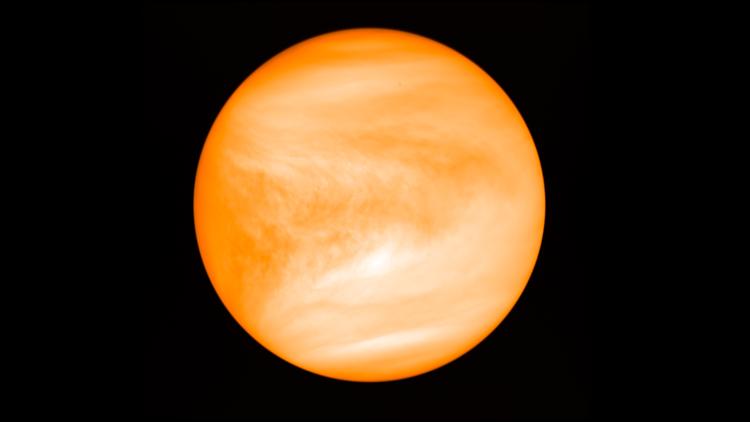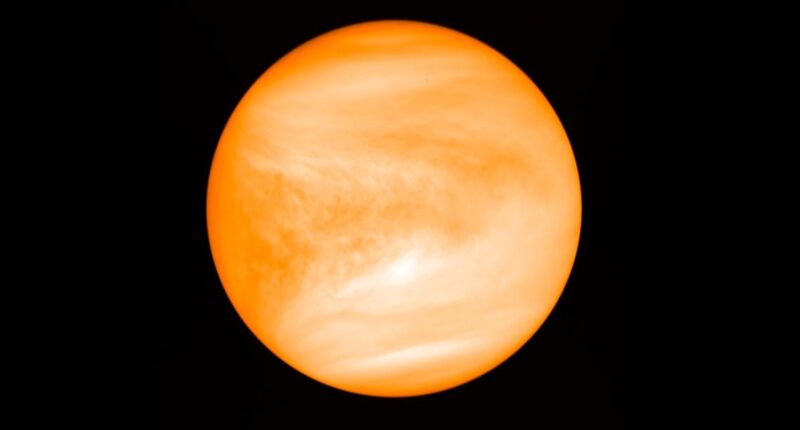
Launched in 1972 by the Soviet Union, the failed spacecraft known as Kosmos 482 was part of a series of missions bound for Venus.
WASHINGTON — A Soviet-era spacecraft plunged to Earth on Saturday, more than a half-century after its failed launch to Venus.
The European Union Space Surveillance and Tracking has confirmed that the spacecraft reentered the Earth’s atmosphere in an uncontrolled manner. This confirmation was based on the analysis of data and the spacecraft’s absence in subsequent orbits. The European Space Agency’s space debris office also noted that the spacecraft failed to show up over a German radar station, further confirming its reentry.
There is uncertainty about where exactly the spacecraft reentered and the extent of its survival during the fiery descent from orbit. Experts had predicted that some, if not all, of the half-ton spacecraft might survive the reentry, considering it was designed to withstand the extreme conditions of Venus, the hottest planet in the solar system.
The chances of anyone getting clobbered by spacecraft debris were exceedingly low, scientists said.
Originally launched in 1972 by the Soviet Union, the spacecraft, Kosmos 482, was part of a series of missions intended for Venus exploration. However, due to a malfunction in the rocket, Kosmos 482 never left Earth’s orbit and remained stranded there ever since.
Much of the spacecraft came tumbling back to Earth within a decade of the failed launch. No longer able to resist gravity’s tug as its orbit dwindled, the spherical lander — an estimated 3 feet (1 meter) across — was the last part of the spacecraft to come down. The lander was encased in titanium, according to experts, and weighed more than 1,000 pounds (495 kilograms).
After following the spacecraft’s downward spiral, scientists, military experts and others could not pinpoint in advance precisely when or where the spacecraft might come down. Solar activity added to the uncertainty as well as the spacecraft’s deteriorating condition after so long in space.
As of Saturday morning, the U.S. Space Command had yet to confirm the spacecraft’s demise as it collected and analyzed data from orbit.
The U.S. Space Command routinely monitors dozens of reentries each month. What set Kosmos 482 apart — and earned it extra attention from government and private space trackers — was that it was more likely to survive reentry, according to officials.
It was also coming in uncontrolled, without any intervention by flight controllers who normally target the Pacific and other vast expanses of water for old satellites and other space debris.
Copyright 2025 Associated Press. All rights reserved. This material may not be published, broadcast, rewritten, or redistributed.

















